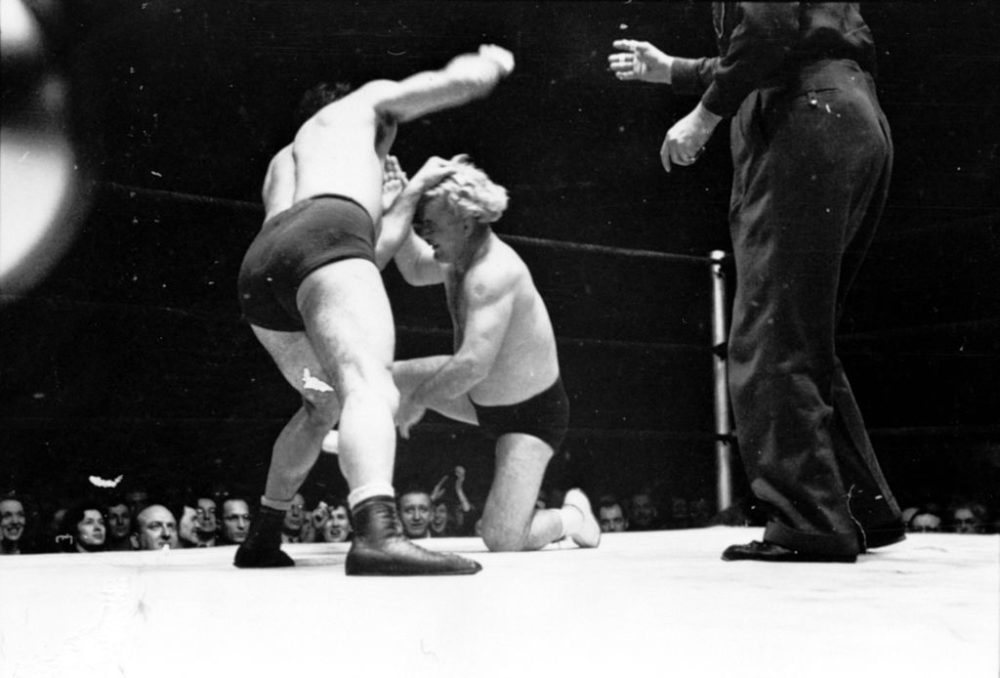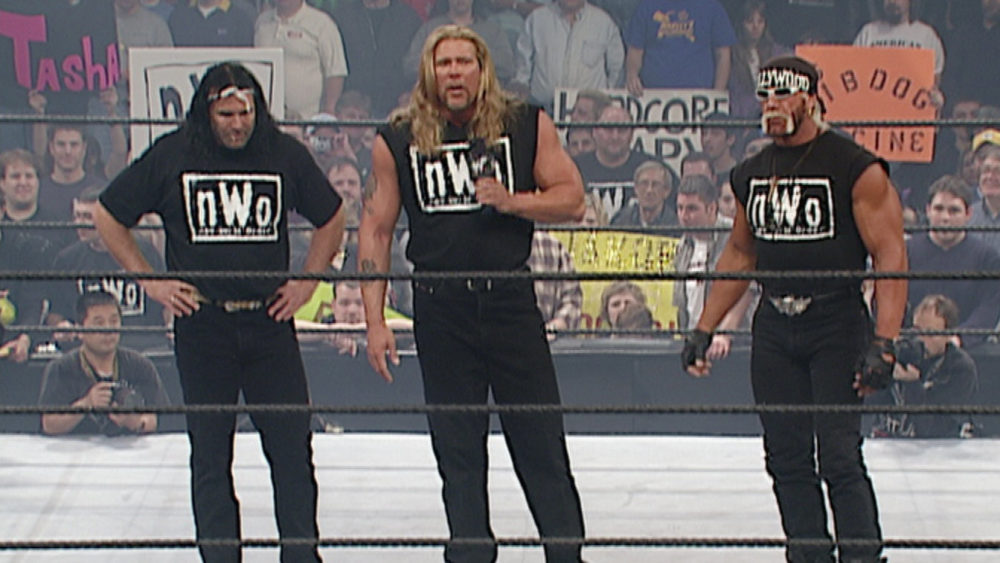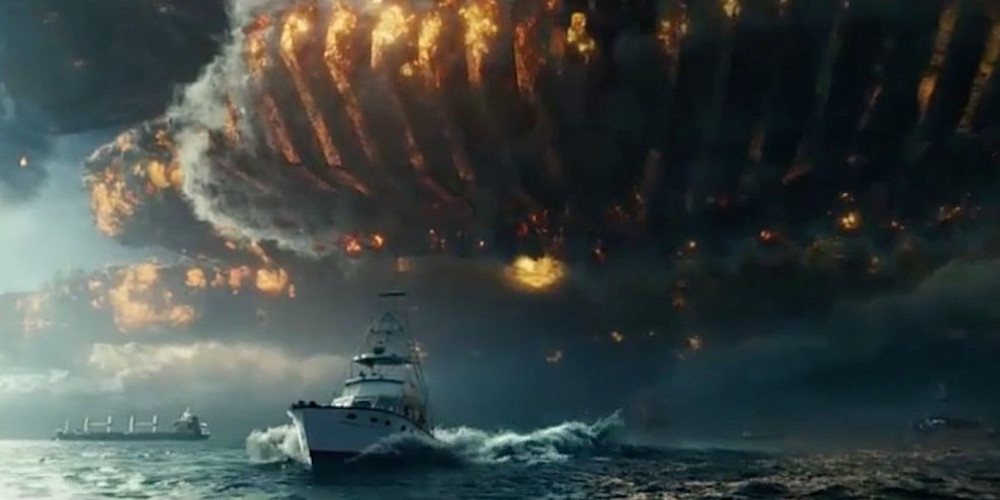It is no mere coincidence that the two golden ages of professional wrestling came on the back of innovations in mass media, namely TV. It started in the 1950s when television was first making inroads into people’s homes. Sure, TV existed all the way back in the late 1920s but only on the periphery. Frankly, it had no place in American society. People still struggled to make a living. Frivolities were only the preserve of the rich. It wasn’t until post World War II that a middle class began to form in the United States. It wasn’t until then that a larger percentage of society had both financial security and disposable income. Television would need a partner and it would find two, a has been red head named Lucille Ball and a bunch of muscle bound oafs in tights.

Wrestling flourished in the early days of television for the simple reason was that it was simple to capture. You could get away with a single camera. Spectacle on the grandest of scale in a confined area. Sure, baseball is a simple game. That simplicity doesn’t extend to its presentation. Modern advancements haven’t aided in the capture of the nuances of the game, either. As opposed to baseball, wrestling conducts itself in a confined area. Needing entertainment, therefore, professional wrestling was the obvious choice. It had action and drama. According to Wikipedia-
“Wrestling fit naturally with television because it was easy to understand, had drama, comedy and colorful characters, and was inexpensive for production. From 1948 to 1955, each of the three major television networks broadcast wrestling shows; the largest supporter being the DuMont Television Network.”
Throw in a cavalcade of characters, some stereotypical cliches, and you have the beginnings of something that can sustain you for a little while.

Wrestling’s second golden age came during another advancement in TV. Cable and home video. Like its predecessor, cable networks needed cheap programming and lots of it. Wrestling stepped in again to save the day. Combine that with the explosion of Pay Per View, wrestling began its second ascendancy in the mid to late 80s. Wikpedia notes –
“…the emerging World Wrestling Federation (WWF; abridged from WWWF in 1979), received great exposure through its reappearance on network television. The WWF expanded nationally through the acquisition of talent from competing promotions and, because it was the only company to air televised wrestling nationally, became synonymous with the industry, monopolizing the industry and the fanbase. The WWF’s owner Vince McMahon revolutionized the sport by coining the term “sports entertainment” to describe his on-screen product, admitting to its fakery as well as enhancing its appeal to children.”
When you get down to it, wrestling, as we know it, is pure theater. Granted, it wasn’t meant to be that way. However, as a result of its marriage to TV, it became the product we recognize. While we may dismiss it, ridicule it and call it ridiculous, TV and wrestling are a marriage that has lasted for decades. Just when we thought the marriage was over, it came back. It will keep coming back. They were made for each other.
[display-posts posts_per_page=”5″ orderby=”title”]






Keep oon writing, great job!